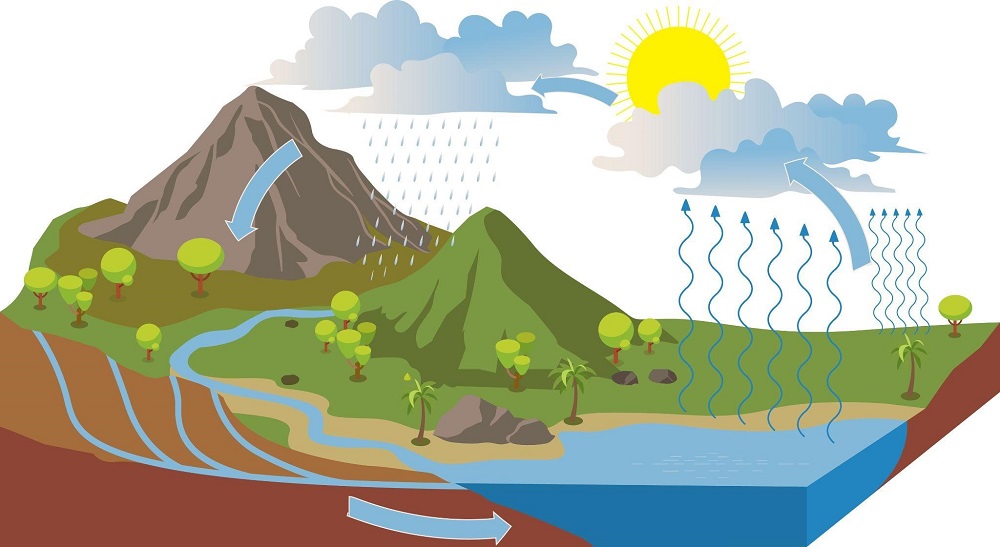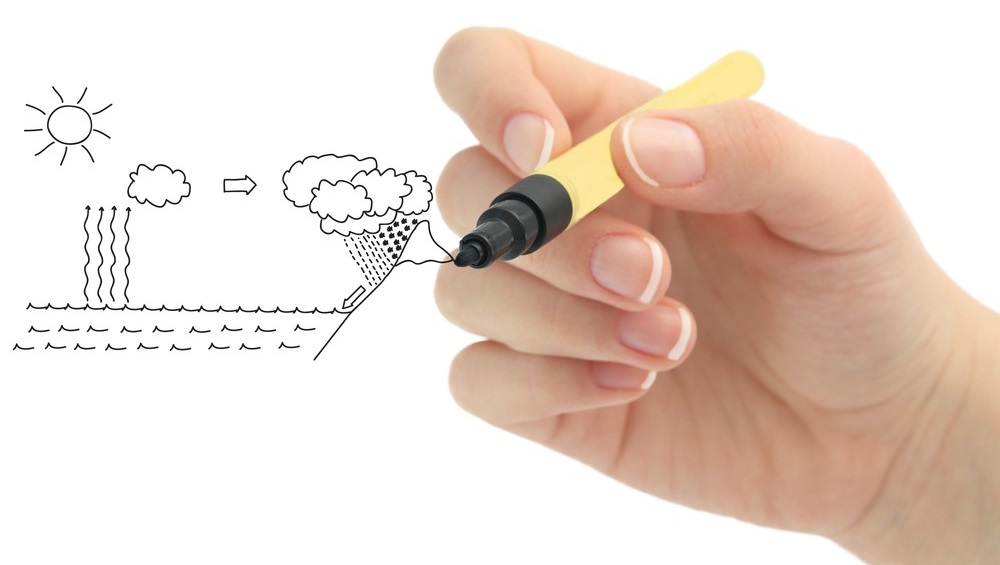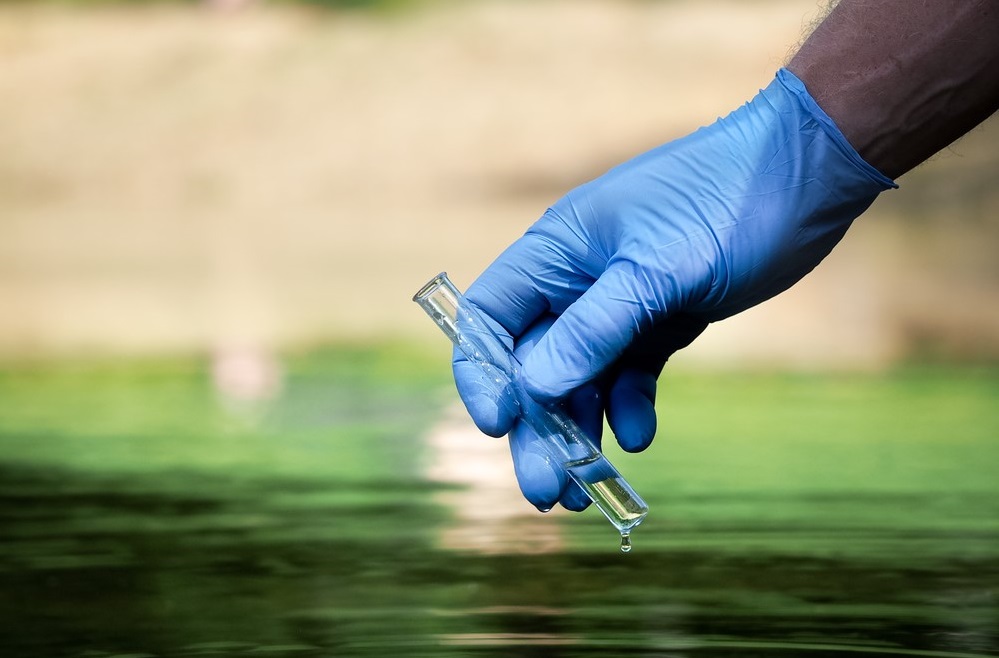Water is the basis for all human life. That’s why it’s essential to remember how we use water. Unfortunately, humans significantly negatively impact the water cycle, resulting in adverse effects on the earth and life.
To prevent the problem from worsening, it’s essential to understand the water cycle and how humans affect it. How do humans impact the water cycle? Read on to learn this and more so that you can understand the problem and the possible solutions.
What Is the Water Cycle?
The water cycle is how water moves continuously between the earth and the atmosphere. You may remember the circular model of the water cycle illustrated in grade school, consisting of precipitation, condensation, and evaporation. Here’s how it works:
- Liquid water evaporates into the air as water vapor.
- It cools, condenses, and forms clouds.
- It falls back to earth as rain and snow.
While this captures the basic principle of the cycle, in reality, it’s more complex than that, as we must also consider liquid water flowing across the land and into the ground and how it moves into plants.
Within the cycle, there are several ways that humans intervene and disrupt the natural flow of water. Let’s take a look at how humans impact the water cycle.


How Do Humans Impact the Water Cycle?
Humans impact the water cycle in several different ways – directly and indirectly.
To start, humans directly change the dynamics of the water cycle through direct manipulation. This includes building dams for water storage and withdrawing water from lakes and rivers for industrial, agricultural, or domestic purposes.
Of course, humans indirectly impact the water cycle through actions that contribute to global warming.
Let’s take a closer look at how humans impact the water cycle.
Hydroelectricity
Hydroelectricity involves changing the stored gravitational energy of water behind a dam into electrical power for everyday use.
Hydroelectricity was initially considered an excellent solution for renewable energy as it is non-polluting; however, it does affect the water cycle.
The mere act of damming rivers impacts how the water flow functions, including impeding fish from flowing naturally through the waters, affecting the aquatic ecosystem.
This has a trickling impact on the lakes that typically connect to these rivers, which can put the upstream and downstream water flow out of balance.
This can lead to a build-up of silt and affect the amount of water that the plants and animals that rely on this water source get.
Deforestation
Trees play a significant role in the water cycle. Deforestation is an essential issue in the natural world today. Deforestation is the removal of trees from their natural habitat for human use.
Trees release water into the atmosphere when they transpire, which produces humidity. This vapor evaporates into the atmosphere before being turned into precipitation and re-released as rain.
Understanding this process, it’s clear how deforestation can harm the water cycle. With fewer trees, the land and the air will become drier, affecting surrounding life that previously relied on a certain humidity level. It may also create more run-off and leaching, increasing droughts and floods in certain areas.
Irrigation
Irrigation is the artificial watering of the land. As the human population has grown, so has our need for agriculture and, consequently, water to cultivate this agriculture.
The problem with using irrigation for soil moisture is that it displaces water from its natural source, which then causes leaving or run-off where it used to be. It also introduces more salt into our water systems.
Climate change
Finally, climate change has one of the most significant impacts on the earth’s water cycle.
Human activity, such as burning fossil fuel, contributes to the Earth’s rising temperature. An increase in temperature means an increase in evaporation and rapid melting of ice sheets, such as glaciers, which causes sea levels to rise and impacts other critical processes of the water cycle.
Now that you know the human impact on the water cycle, it’s time to discuss solutions.


How to Minimize Our Impact on the Water Cycle
As you can see, the water cycle plays a crucial role in the earth’s sustainability. However, human intervention is hurting the water cycle and impeding its ability to function.
Luckily, we can do a few things to minimize our impact on the water cycle. Some of these actions include:
- Conserving water in your home
- Making use of public transit and biking rather than driving
- Minimizing the use of fertilizers in your garden
- Avoiding polluting
- Using a compost
While these actions may seem small, they add up when done consistently.
That said, a more significant impact calls for more extensive changes, often at the corporate level. While individuals have little control over the actions of corporations, disseminating information can make a huge difference.
Wrap-Up: Having a Positive Impact on the Water Cycle
While humans have been able to manipulate water to promote human life, it has come at the expense of the water cycle. Earth’s water cycle is in danger due to constant human intervention.
If you want to be part of an effective change, you can start with what you do at home. Practice water conservation in your home, be mindful of how you commute, and pay attention to what products you use. Putting pressure on corporations to change their practices may also have an impactful change on the world.
Learn more about sustainable water management in this article.

